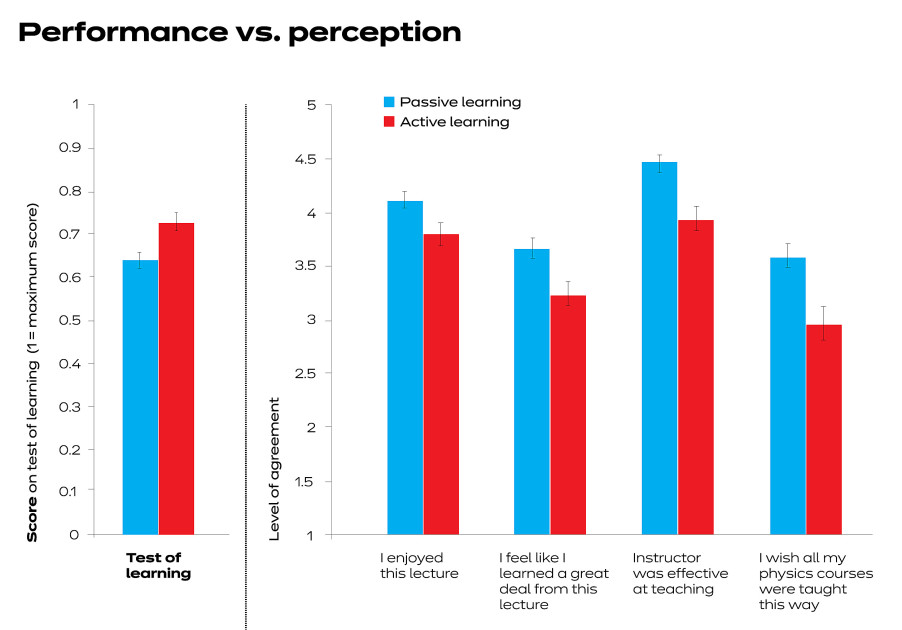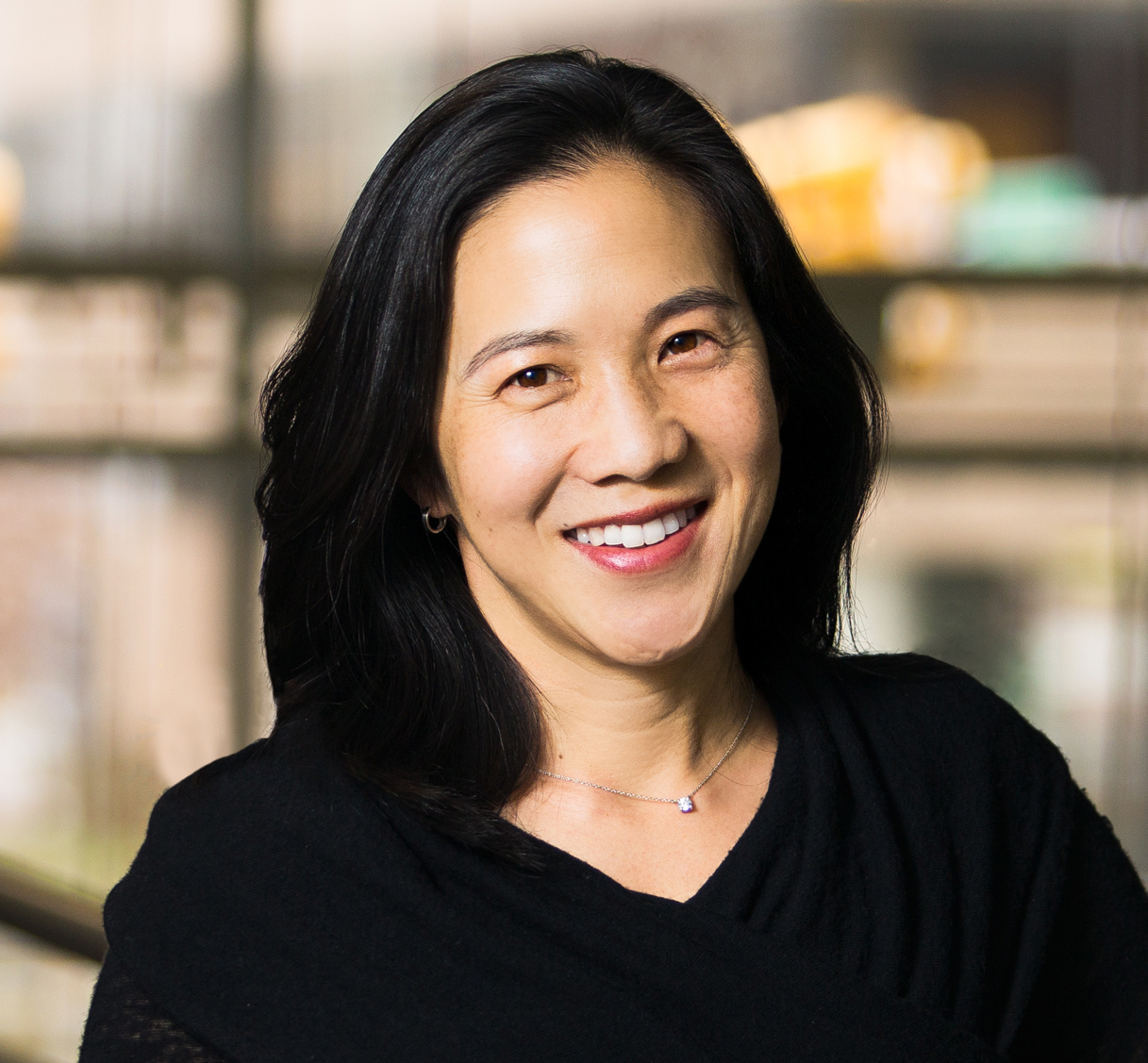Recently, a group of physics professors at Harvard University ran an experiment you should know about.
There were no balls rolling down planks. No springs or pulleys, no magnets, and no electricity.
What these professors wanted to know was, how can we get students to learn more? More generally, how do people learn anything — and what gets in the way?
Years of experience suggested that students learn best when assigned hands-on laboratory activities, weekly problem sets, in-class opportunities to discuss material with fellow students, and frequent short quizzes. This active approach seemed far superior to the more traditional — and more passive — approach of sage-on-a-stage lectures.
To test their hunch, the professors randomly assigned students in introductory physics to classes using either active or passive instruction. The material was identical—only the style of teaching differed.
On objective measures, students who had been assigned to active classes learned more. This came as no surprise. But on self-report questionnaires, the same students said they had learned less.

In follow-up interviews, students said that active instruction was more confusing and more frustrating than listening to their teacher deliver a fluent lecture without interruption. But in the same interviews, they indicated that knowing about the actual efficacy of active versus passive learning could change their minds.
This gave the professors an idea. They created a 20-minute presentation on active learning, including the graph above, and delivered it to a new group of students. During the discussion that ensued, students expressed surprise that what felt good in the moment—passively listening to a professor hold forth on a topic—was not nearly as productive as actively grappling with the material themselves. The majority of students exposed to this new information had the intellectual humility to change their attitudes about active learning.
Don’t assume that fluency is always better than frustration, nor that the young people in your life will have learned that lesson.
Do teach actively. And spread the word that new scientific evidence affirms the old adage: Tell me and I forget, teach me and I remember, involve me and I learn.
With grit and gratitude,
Angela


